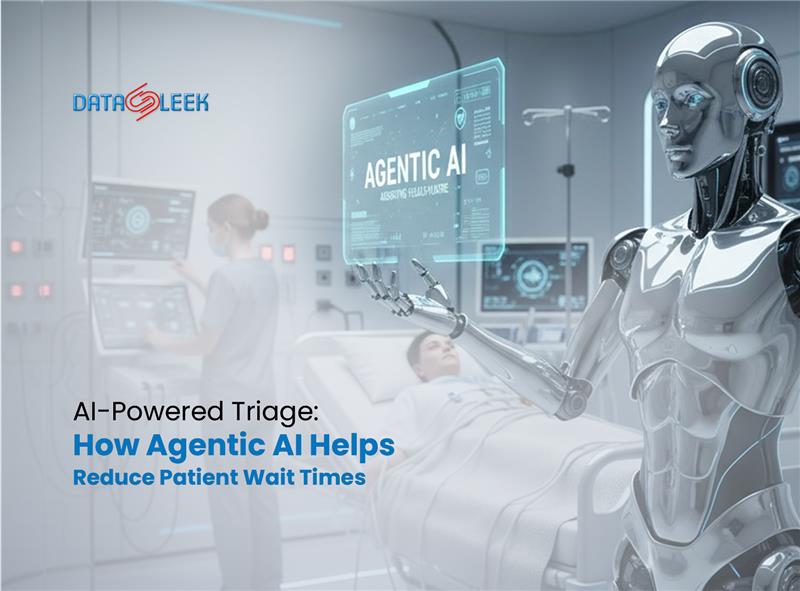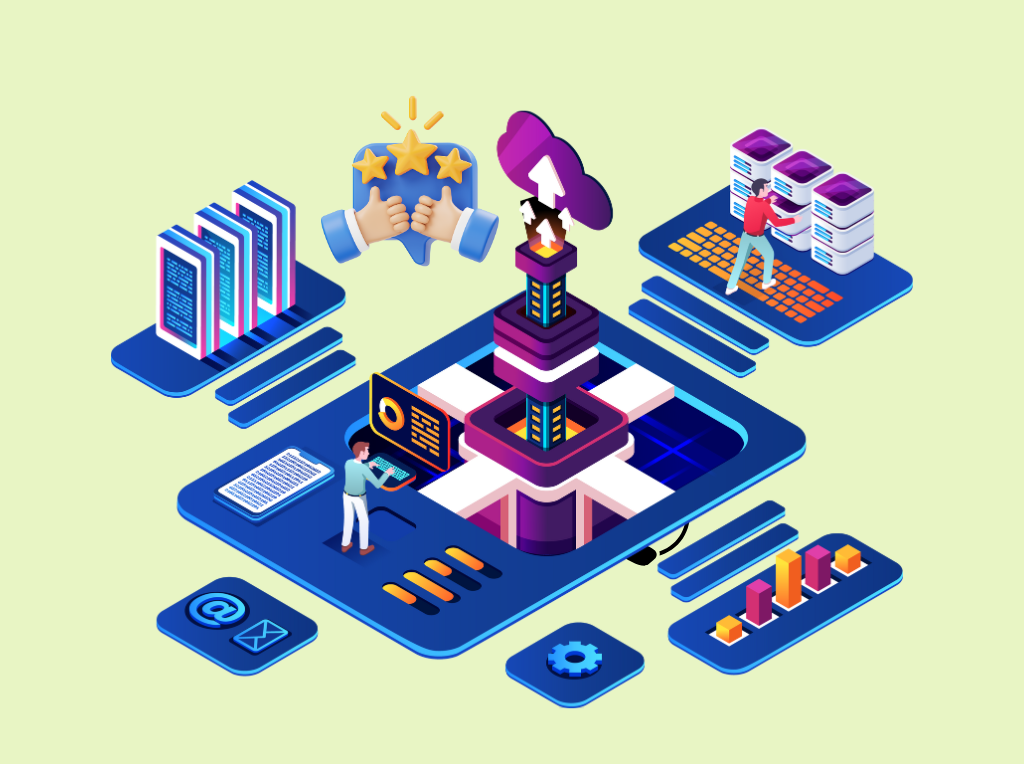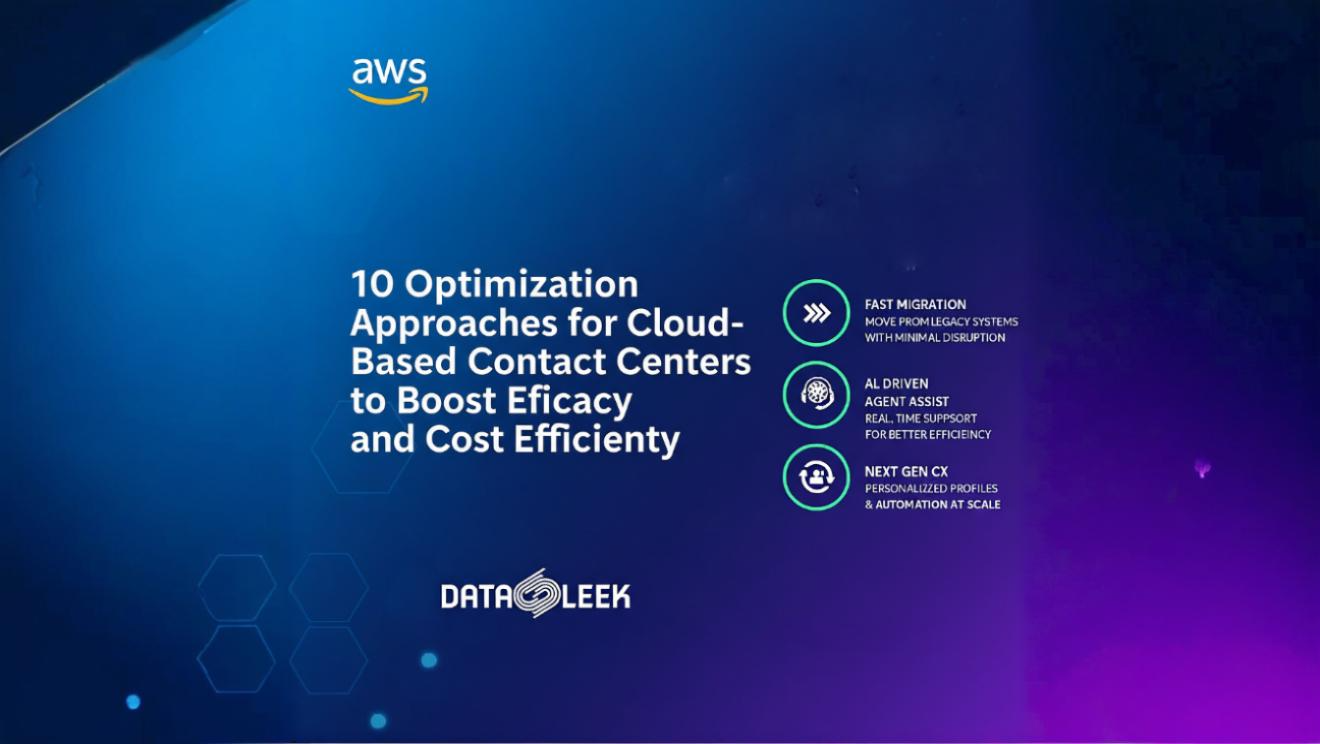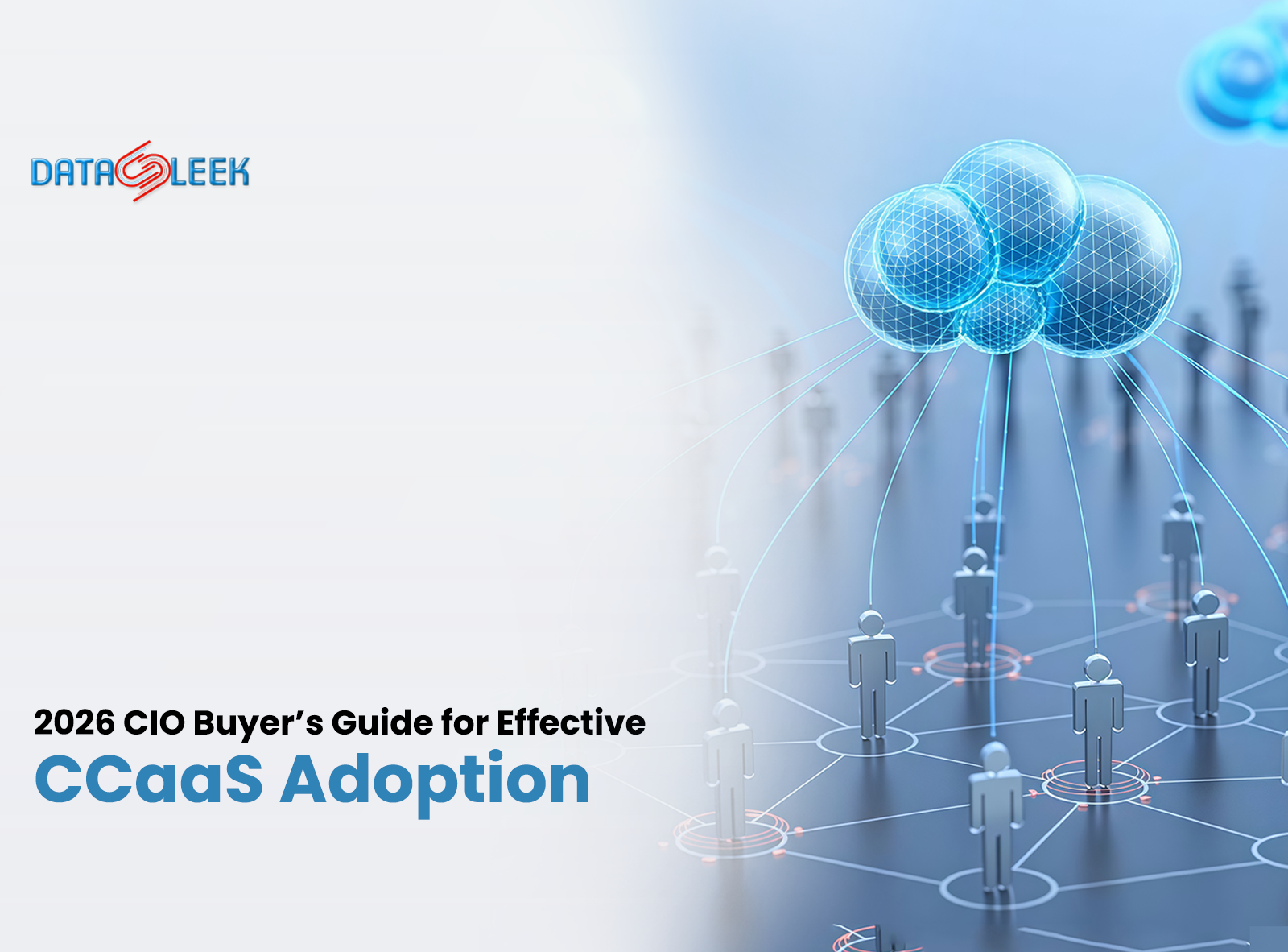Why Wait Times Still Haunt Healthcare
Patient wait times remain one of the biggest problems in healthcare delivery. Long waits frustrate patients, increase risk for serious conditions, degrade satisfaction, and strain healthcare providers. Even small delays in triage can cascade into worse outcomes, especially in emergency care.
Traditional triage systems are largely manual, human-driven, subject to bottlenecks, staffing variability, and limited resources. That’s where Agentic AI comes in — AI systems that don’t just automate parts of processes, but act with context, initiative, and goals in mind. In triage, such AI can speed up risk assessment, route patients appropriately, and reduce waiting times meaningfully.
In this post, we’ll cover:
-
What “Agentic AI” means in the context of patient triage
-
Evidence and data showing how AI-powered triage improves metrics
-
Use cases and ways to build triage solutions
-
How to address challenges like regulation, bias, safety
-
Practical steps (and how a partner like Data Sleek can help)

What Is Agentic AI in Patient Triage?
“Agentic AI” refers to artificial intelligence that is proactive, context-aware, and capable of making decisions (or suggesting them) rather than just following static rules. In triage settings, this means:
-
Collecting data (symptoms, vital signs, history, perhaps even patient self-input)
-
Estimating urgency / risk (how severe is the case?)
-
Deciding on next actions: immediate care, schedule, remote/virtual visit, or direct referral
-
Continuously learning from feedback (did the triage decision map well to real outcomes?)
This contrasts with older systems that are simply checklists or fixed decision trees.

Data Behind AI-Powered Triage: What the Studies Show
There are several studies and real implementations that show concrete improvements when AI or agentic-like systems are used for triage:
| Metric | Improvement | Study / Source |
|---|---|---|
| Door-to-provider time (ED) | ~37% reduction | In ED settings with AI triage tools. |
| Total length of stay for discharged patients | ~28% shorter | Same ED data set. |
| Wait-time in GP practices for non-urgent appointments | Drop from 11 to 3 days (≈73% reduction) | Surrey GP practice with smart triage system. |
| Reduction in “left without being seen” (LWBS) rate | ≈58% | AI triage implementations. |
| Improved resource allocation / scheduling efficiency | ~23-30% | Through dynamic scheduling & demand forecasting in healthcare settings. |
These metrics show not just incremental improvements, but sometimes dramatic change when AI triage is properly implemented.
How Agentic AI Improves Triage Workflow
Here are the concrete ways in which Agentic AI can reduce patient wait times:
-
Self-triage and Symptom Assessment Tools
Patients can report symptoms via app/web/voice, answer structured questions, and get a preliminary risk assessment. Tools like Clearstep show ~95%+ triage accuracy, and decisions often happen in 1-3 minutes vs waiting on phone hold. -
Prioritization and Routing
Based on the symptoms, history, and urgency, the AI assigns priority. High risk cases are flagged and passed to clinical staff immediately. Lower risk cases may be routed for virtual care, teleconsult, or scheduled later, reducing load on physical triage desks. -
Dynamic and Intelligent Scheduling
By predicting demand (times of day, typical case types), staffing schedules can be adjusted. Also, when there are cancellations or no-shows, the system can fill empty slots or reassign staff. Simbo AI describes systems that cut wait times by ~15% using dynamic scheduling. -
Real-Time Decision Support for Staff
During live triage (or on calls), Agentic AI can assist by surfacing a patient’s history, suggesting diagnostics, or highlighting red flags. This helps triage nurses / ED staff act faster and with more confidence. -
Virtual Triage & After-Hours Coverage
AI systems can operate 24/7, handle incoming concerns after hours, and advise patients on whether to call emergency services or wait. This helps reduce bottlenecks during peak demand. -
Administrative & Communication Automation
Automated follow-ups, appointment reminders, insurance verifications, documentation, and queue management reduce non-clinical delays. Fewer staff time lost to paperwork means more focused triage capacity. Simbo AI etc report ~30-40% reductions in no-shows or idle time.

Use Cases & Real Implementations
-
Emergency Departments (EDs) using AI triage tools have observed ~30% reduction in wait times for critically ill patients and improved door-to-provider metrics.
-
GP/Primary Care Practices implementing “Smart Triage” (e.g., Surrey, UK) saw median waiting times for non-urgent appointments fall from 11 days to 3 days (≈73% reduction).
-
Virtual triage platforms (like Clearstep) enable symptom checking and immediate routing, often faster than telephone triage, with high accuracy and improved patient satisfaction.
-
Hospitals using AI agents for scheduling and dynamic staffing showed ~15% drop in wait times and large efficiencies in resource utilization.

Challenges & Risks to Address
While the potential is strong, there are critical pitfalls and risks that must be managed for safe, ethical, effective deployment:
-
Data Quality & Bias: If training data are not representative, AI may under-triage or misprioritize patients from minority groups. Ensuring diversity and auditing models is essential.
-
Clinical Oversight & Safety: AI triage should not replace clinician judgment but support it. Escalation pathways for high-risk cases must be baked in.
-
Regulatory & Privacy Concerns: Patient data is sensitive. Systems must comply with HIPAA, GDPR, etc. Also explanations for decisions (why was a patient triaged high risk?) may be required.
-
Patient Trust & Adoption: Patients must trust AI assessments. UX design, transparency, and patient education help.
-
Integration Complexity: Tying AI triage into patient EHRs, clinical workflows, scheduling systems, and staffing is non-trivial. Poor integration can negate benefits.

Practical Steps to Build AI-Powered Triage: What Leaders Need to Do
Here are concrete steps for healthcare organizations / contact centers to build Agentic AI-powered triage systems:
-
Define Goals & Metrics
Examples: door-to-provider time, wait time reduction, throughput, patient satisfaction, reduction in avoidable ED visits. -
Start with Pilot Use Case
Maybe non-urgent care or after-hours triage, or self-triage symptom checker. This is lower risk, faster feedback. -
Collect High-Quality Data
Use historical triage data, symptom case logs, vital signs, patient outcomes. Ensure diversity across demographics. -
Choose the Right AI Models & Tools
NLP models, decision support systems, symptom assessment tools, risk scoring. Possibly integrate large language models plus rule-based logic to ensure safety. -
Build Integration Layers
EHRs, scheduling, communications, staff workflows—all must be tied in. Automation for appointment booking, reminders, etc. -
Ensure Clinical Oversight & Escalation Paths
Always have human review at critical junctures. Define protocols for high acuity. Maintain audit logs. -
Monitor, Measure & Iterate
Track metrics in real time. Use feedback loops (outcomes vs triage recommendation) to improve model performance. -
Governance, Ethics & Compliance
Data security, fairness, bias tests, transparency in decision making. Be ready for regulatory scrutiny.
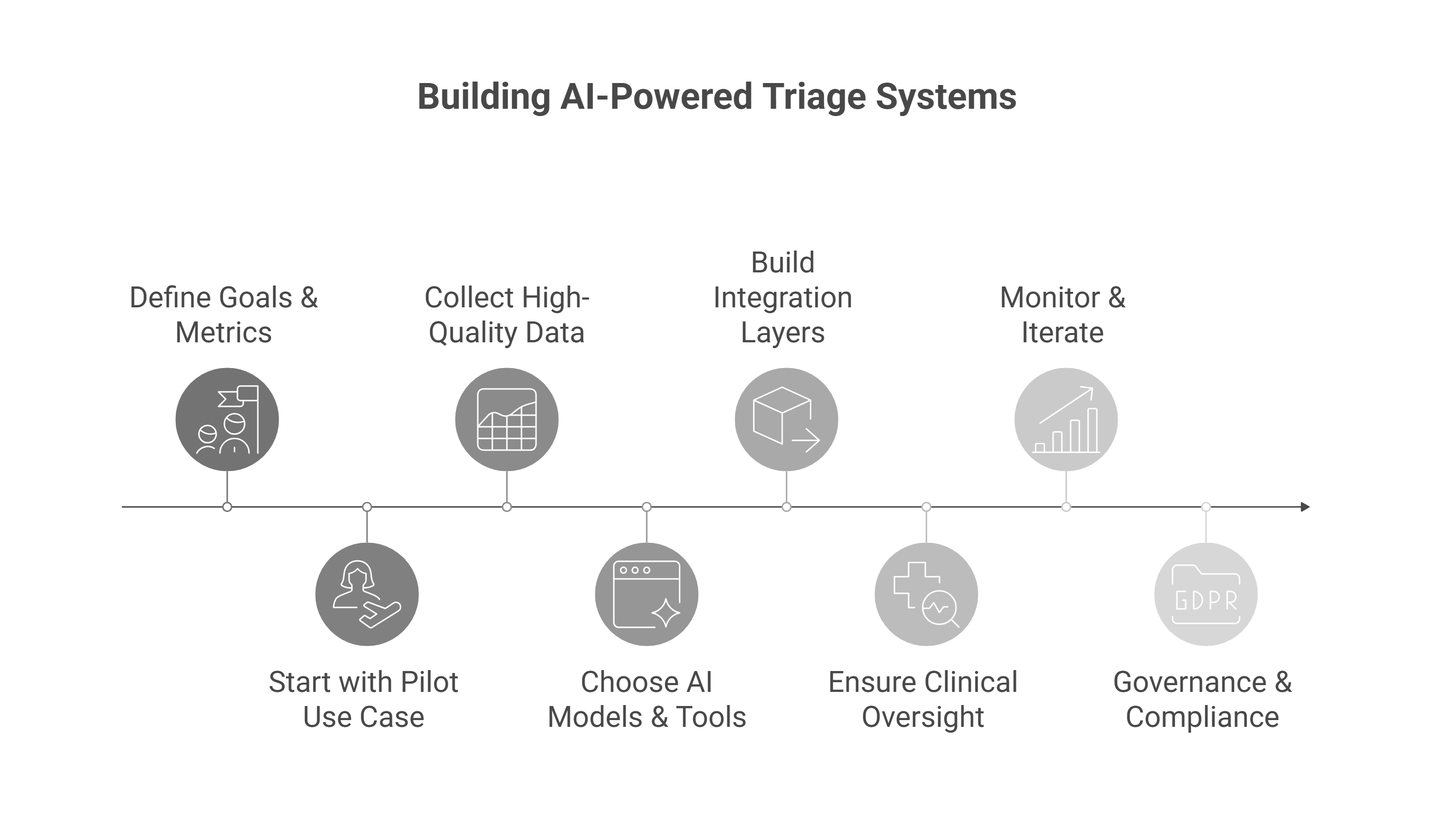
How Data Sleek Helps Healthcare Leaders Implement Agentic AI Triage
Data Sleek can be the partner that turns ambition into execution. Here’s how we help:
-
Custom Triage Workflow Design: We help define triage protocols aligned with your clinical standards and risk thresholds.
-
Model Integration & Validation: Use validated AI tools / language models, test for bias, ensure performance.
-
EHR & Scheduling Integration: Connect triage system with patient records, appointment systems, staff scheduling.
-
Real-Time Analytics Dashboard: Provide metrics on wait times, patient satisfaction, accuracy, staff workload.
-
Change Management & Training: Train staff and clinicians to work with AI assistants, understand recommendations, trust the system.

Future Outlook: Where Triage AI Is Heading
-
ED-Assistants using AI: Tools that can suggest labs/tests and reduce diagnostic delays. Studies show diagnoses can be made earlier, cutting waiting by hours in some cases. For example, “ED-Copilot” halved average wait time (from ~4 hrs to ~2 hrs) in test settings.
-
Multilingual, Accessible Virtual Triage: For remote and underserved regions, self-triage apps with symptom checkers that route to virtual or physical care appropriately.
-
Continuous Learning Systems: Using feedback and outcomes, AI improves over time (reduces false negatives, improves safety).
-
Agentic Oversight Frameworks: Multi-tier models where AI handles routine, human reviews only escalate complex/uncertain cases.

Conclusion
AI-powered, agentic triage is not a futuristic concept — it’s already delivering measurable improvements in wait times, provider efficiency, and patient satisfaction. For healthcare providers, implementing this well means lower costs, better outcomes, and more resilient operations.
If your organization is exploring ways to reduce patient wait times, optimize ED or primary care workflow, or improve triage accuracy, this is a pathway you need to chart. With strategy, clinical oversight, and the right partner — solutions like this scale safely and effectively.

